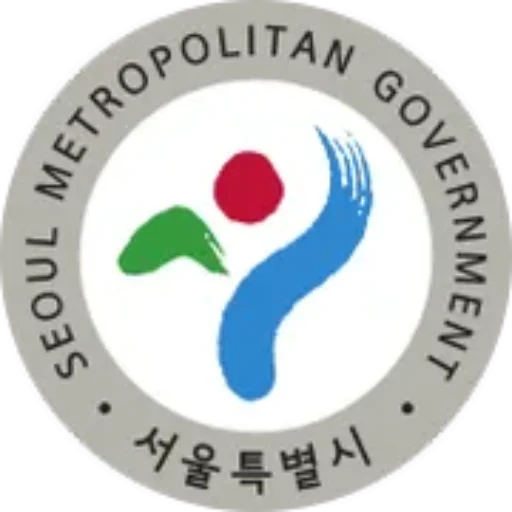Category: Travel blog
-
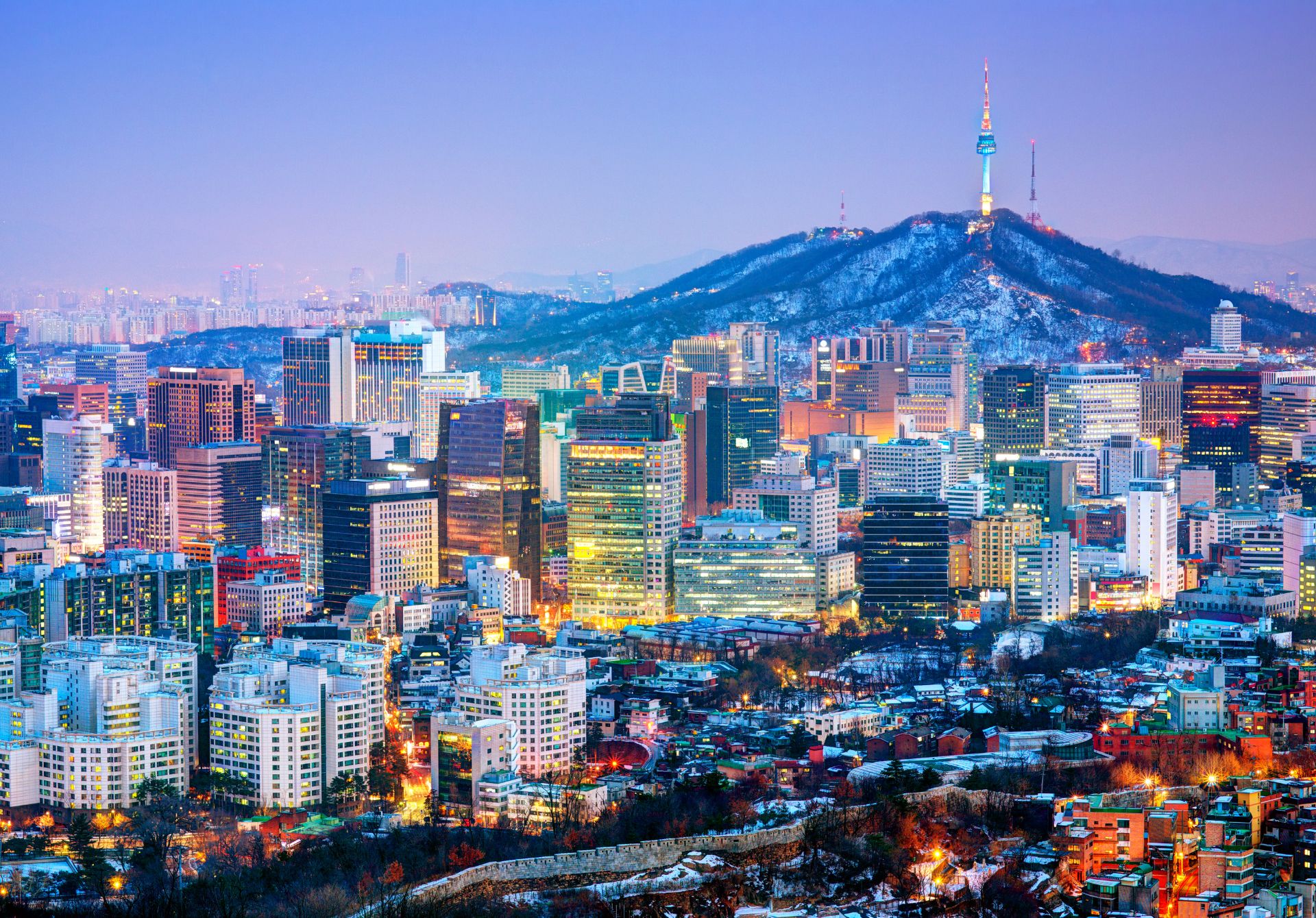
10 Luxury Hotels in Seoul
Seoul, South Korea’s vibrant capital, is home to some of Asia’s most prestigious hotels, combining traditional Korean hospitality with world-class luxury. Whether you’re visiting for business or pleasure, these top-tier establishments offer unparalleled comfort, exceptional service, and sophisticated amenities that cater to the most discerning travelers. 1. Lotte Hotel Seoul Executive Tower Situated in the…
-

10 Design Hotels in Seoul
Seoul, South Korea’s vibrant capital, is home to some of the most architecturally impressive and aesthetically pleasing hotels in Asia. From traditional Korean elements blended with modern design to ultra-contemporary spaces, these design hotels offer unique experiences that go beyond mere accommodation. Here’s our curated list of Seoul’s top 10 design hotels that perfectly balance…
-
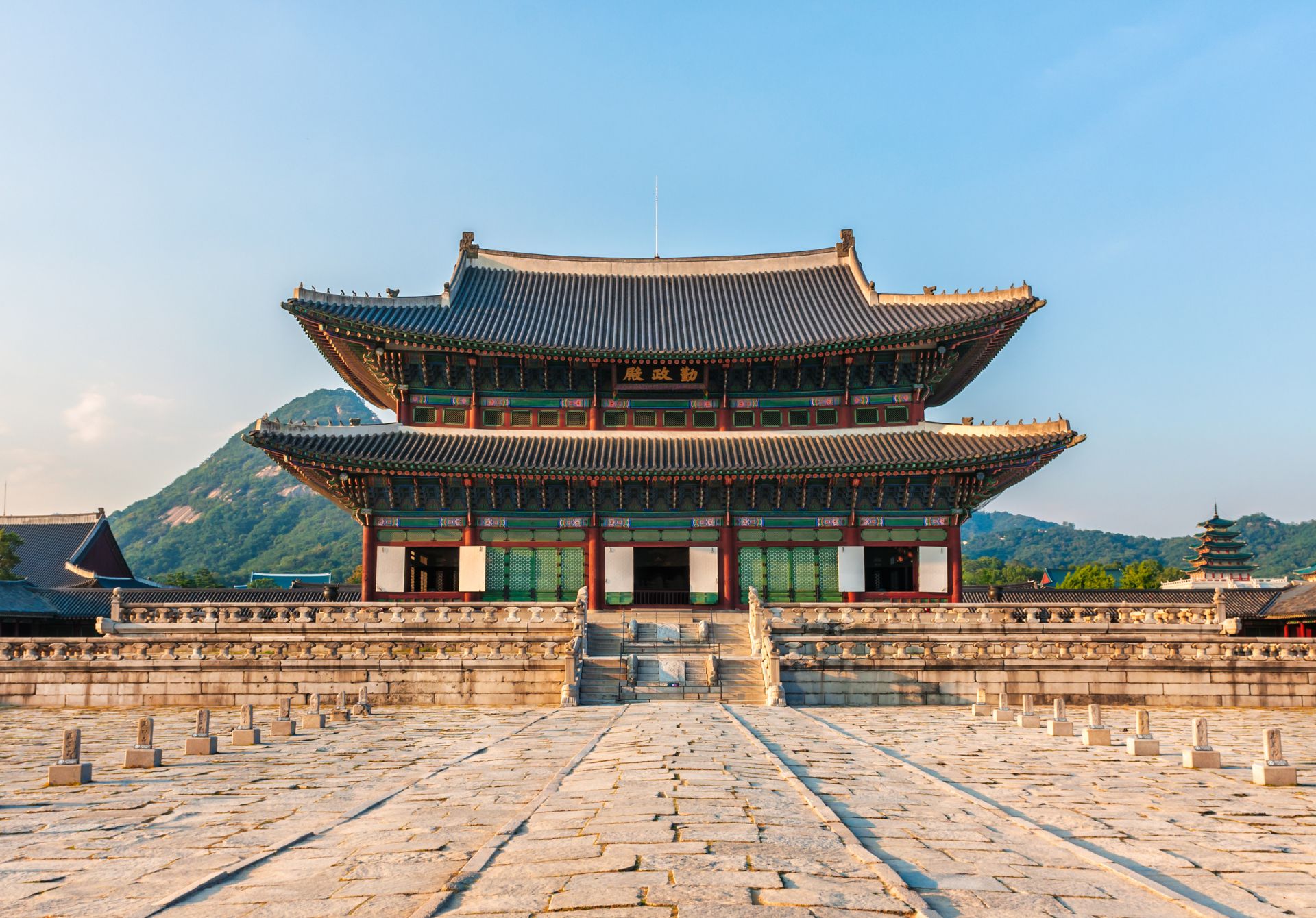
Gyeongbokgung Palace
Standing majestically in the heart of Seoul, Gyeongbokgung Palace serves as the crown jewel of Korean architecture and a testament to the grandeur of the Joseon Dynasty (1392-1910). First constructed in 1395 under King Taejo, the palace’s name means “Palace Greatly Blessed by Heaven,” reflecting its significance as the main royal palace of the dynasty.…
-
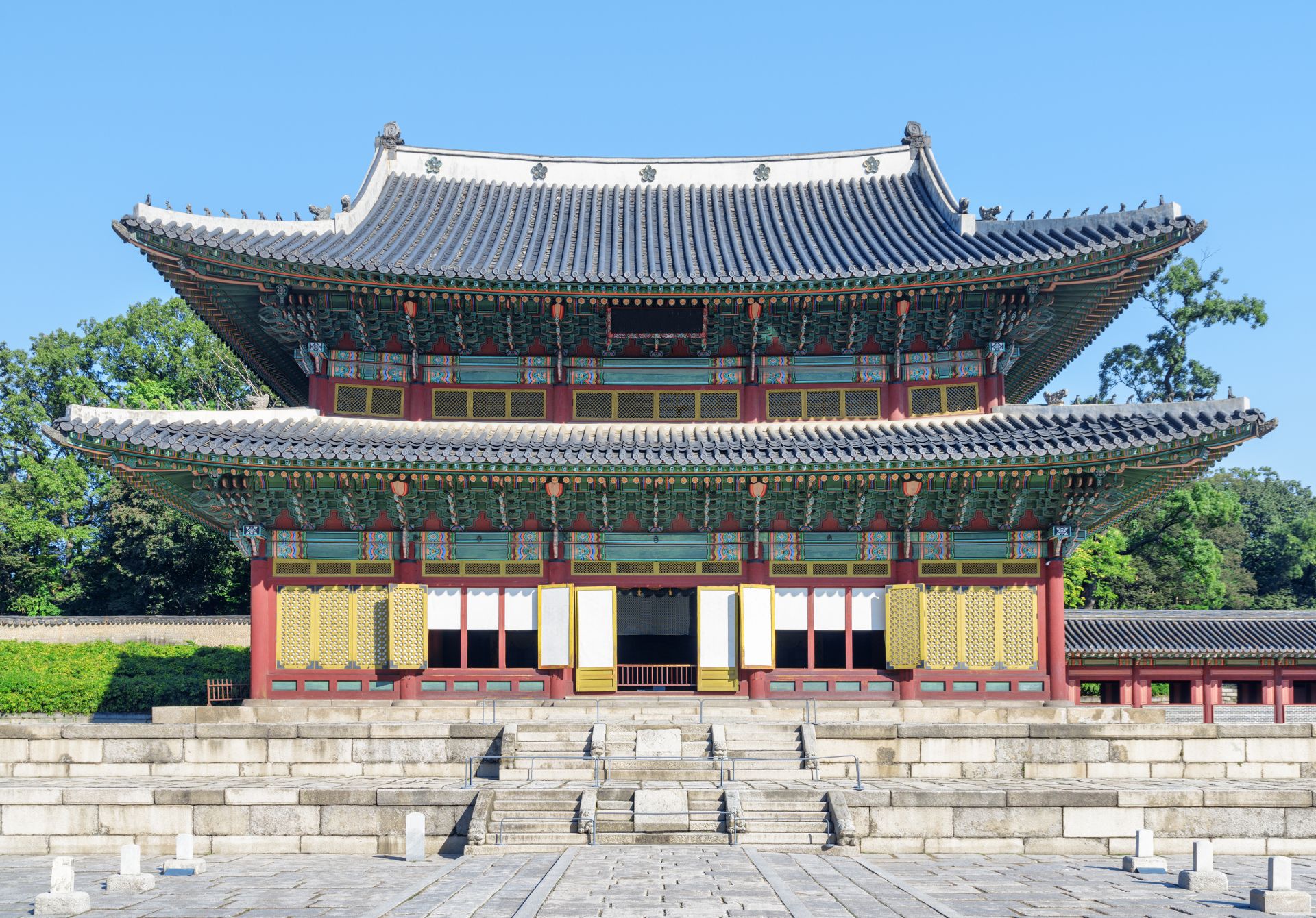
Changdeokgung Palace
Nestled in the heart of Seoul, Changdeokgung Palace stands as a magnificent testament to Korea’s royal heritage, earning its prestigious UNESCO World Heritage status in 1997. Built in 1405 during the Joseon Dynasty, this architectural masterpiece represents the perfect harmony between human creativity and natural landscape, embodying the principle of baesanimsu – positioning buildings with…
-
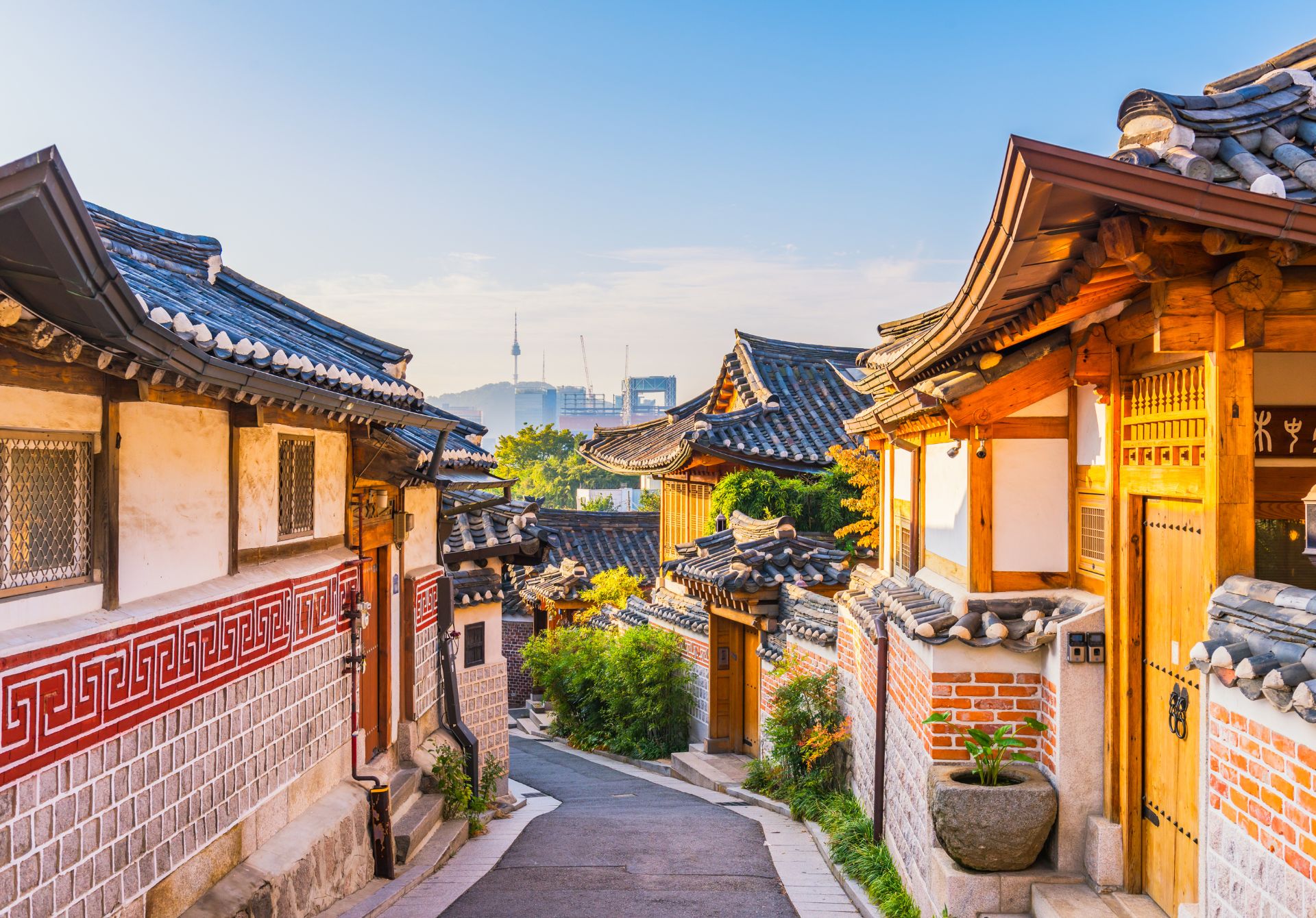
Bukchon Hanok Village
Nestled between Gyeongbok Palace and Changdeok Palace in northern Seoul, Bukchon Hanok Village stands as a remarkable testament to Korea’s architectural heritage. Dating back over 600 years to the Joseon Dynasty (1392-1910), this historic neighborhood originally housed noble families and high-ranking government officials due to its strategic location near the royal palaces. The term “Bukchon”…
-
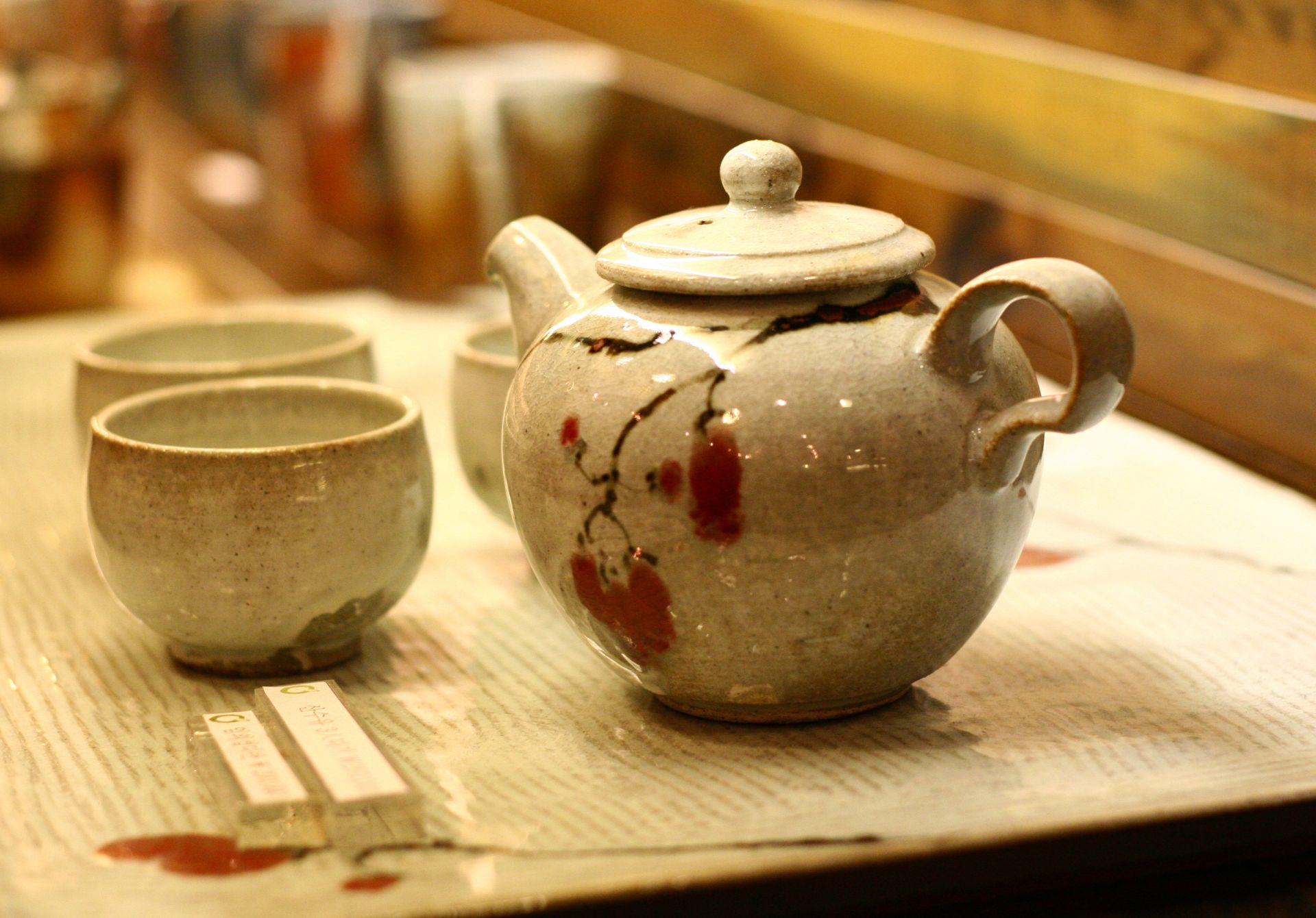
Insadong
Nestled in the heart of Seoul, Insadong stands as a testament to Korea’s rich cultural heritage. During the Joseon Dynasty (1392-1910), this district served as the residential quarter for government officials and was home to the largest market for Korean art. The area gained prominence in the early 20th century when it became the primary…
-
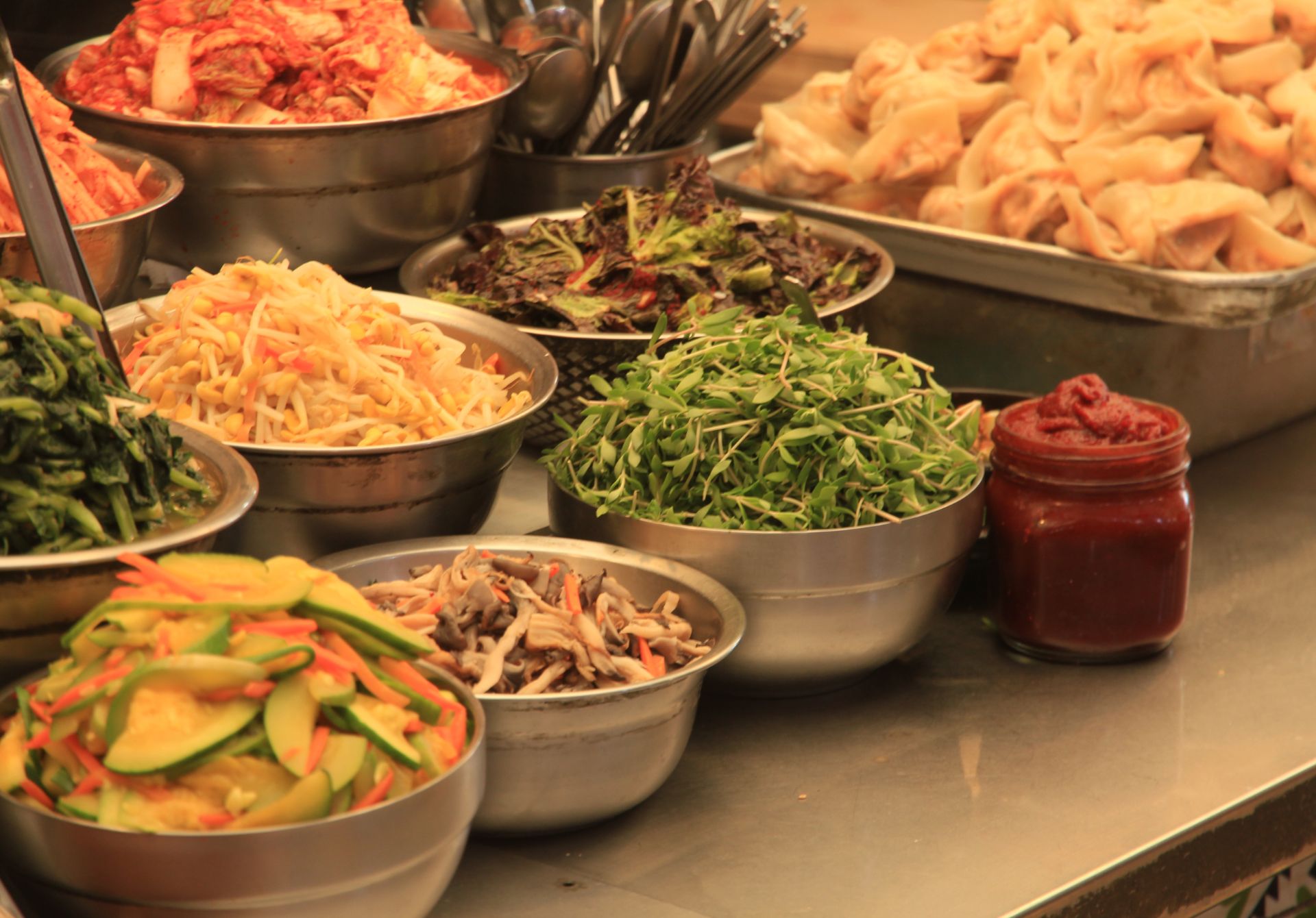
Gwangjang Market
Established in 1905, Gwangjang Market holds the distinction of being Korea’s first permanent market and one of Seoul’s oldest continually operating marketplaces. Originally named Dongdaemun Market, it was renamed Gwangjang Market in 1960, reflecting its status as a place where “light and prosperity spread widely.” During the Japanese colonial period, the market served as a…
-
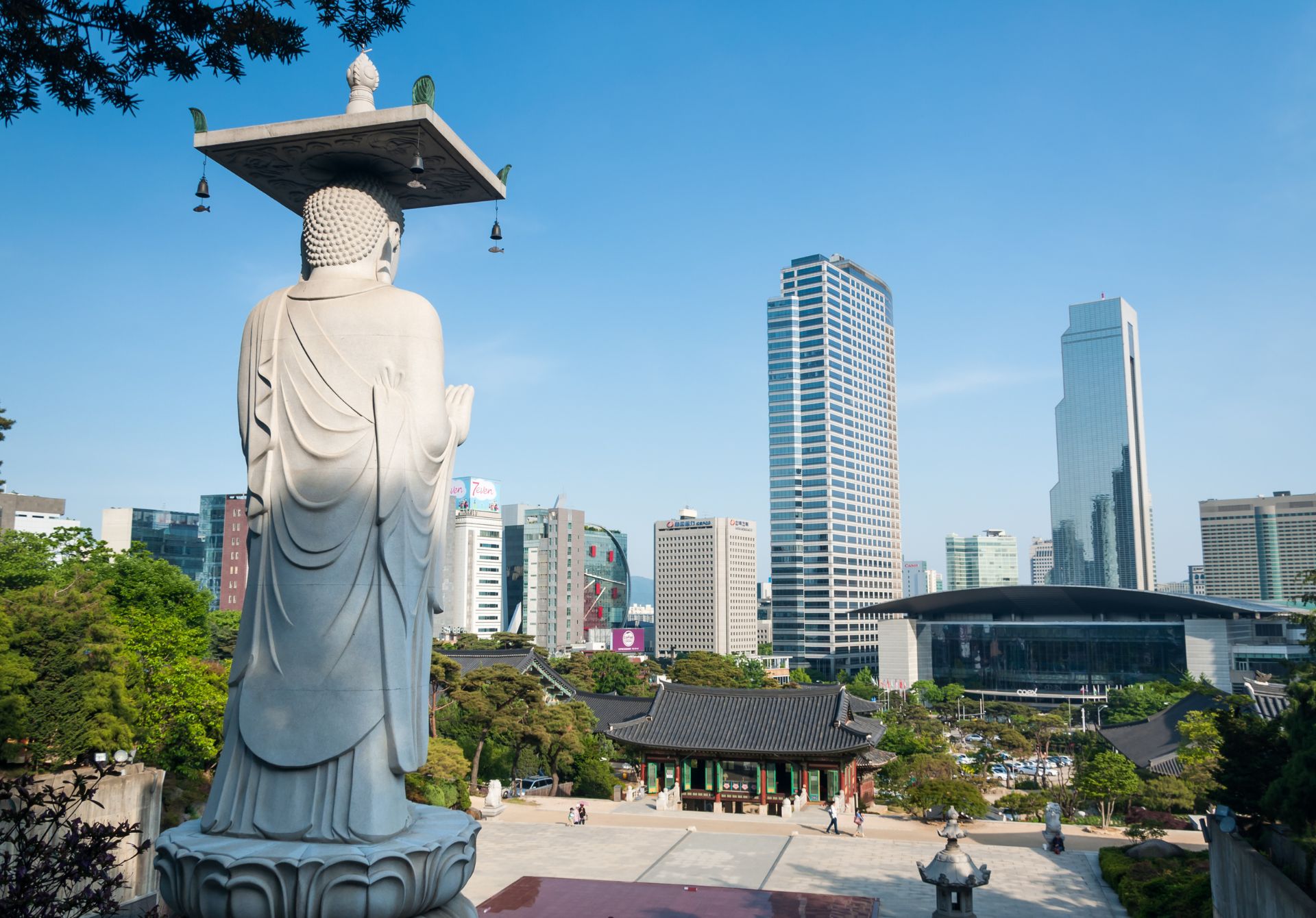
Bongeunsa Temple
Established in 794 during the Silla Dynasty, Bongeunsa Temple stands as one of Seoul’s most significant Buddhist temples. Originally named Gyeonseongsa, the temple was relocated to its current location in 1548 and renamed Bongeunsa by Queen Munjeong during the Joseon Dynasty. Despite its ancient roots, the temple has survived numerous historical challenges, including the Korean…
-
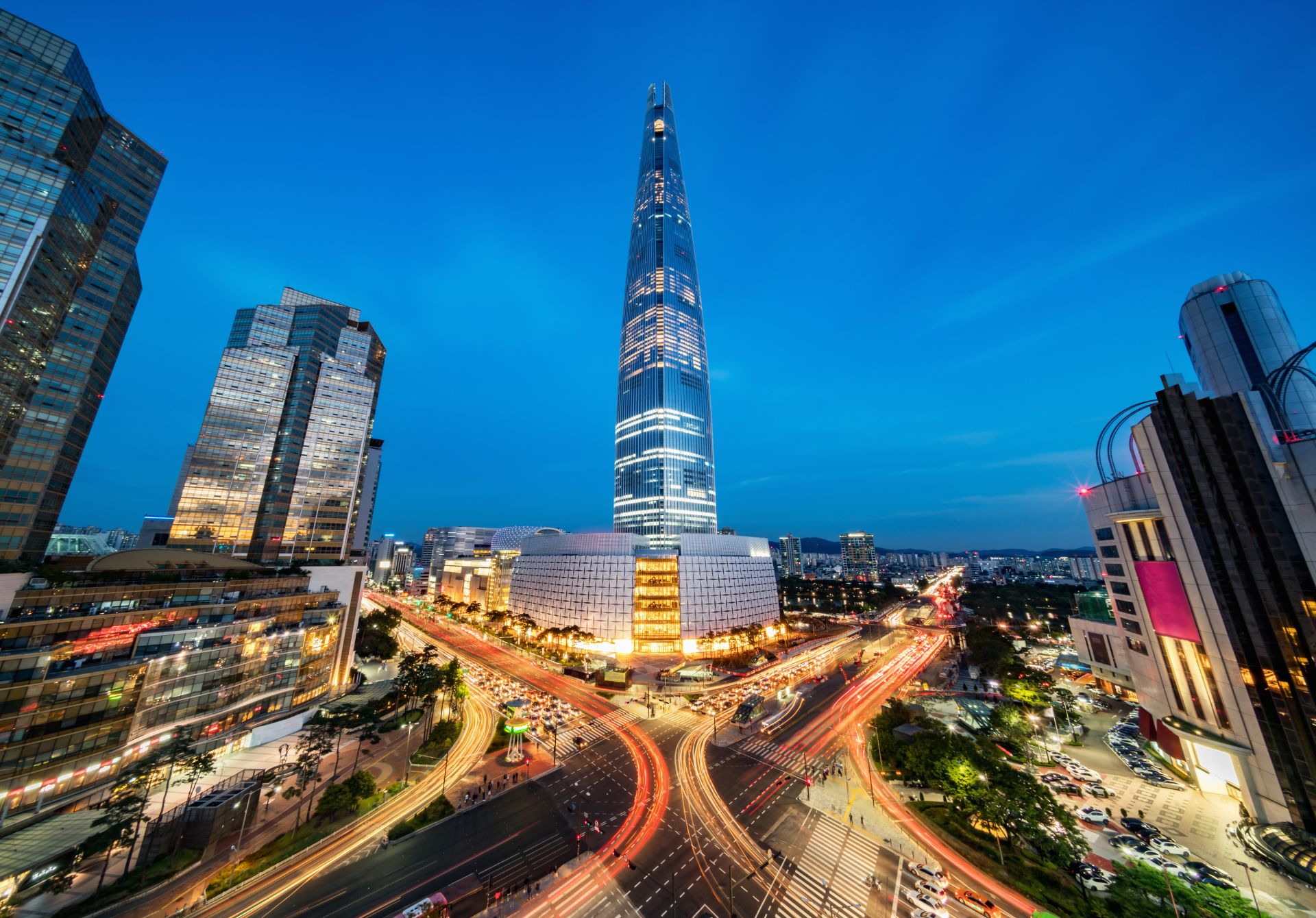
Lotte World Tower
Rising majestically above Seoul’s skyline, the Lotte World Tower stands as South Korea’s tallest building and the fifth-tallest building in the world. Completed in 2017, this 555-meter (1,821 ft) architectural masterpiece represents a harmonious blend of modern engineering and traditional Korean design elements. The tower’s sleek silhouette was inspired by traditional Korean art forms, featuring…
-
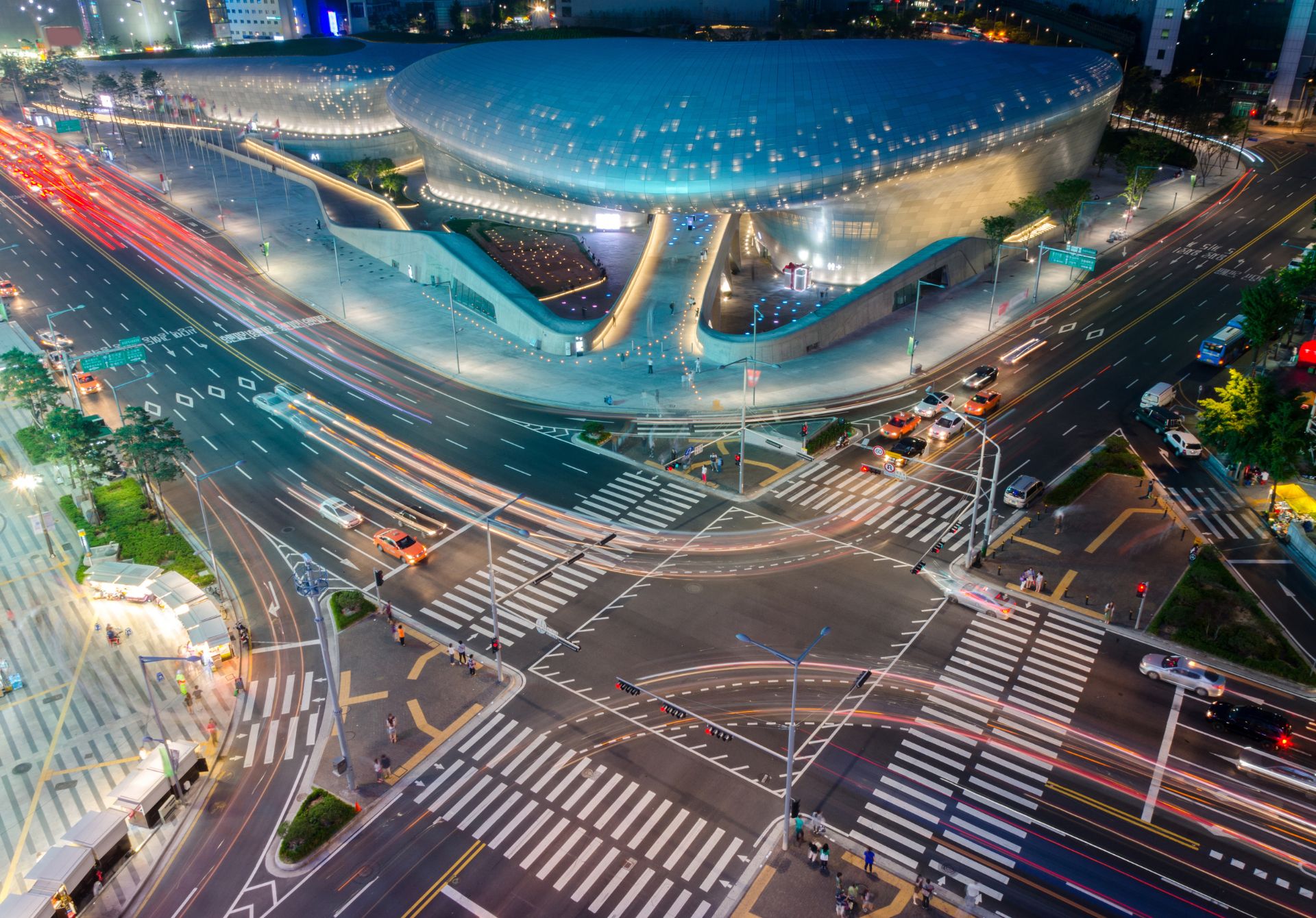
Dongdaemun Design Plaza
Opened in 2014, the Dongdaemun Design Plaza (DDP) stands as a testament to Seoul’s commitment to design innovation and cultural advancement. Designed by the legendary architect Zaha Hadid, this $451 million architectural masterpiece represents the first public project in Korea to utilize 3D digital design tools throughout its entire process. The building’s distinctive curved form,…
-
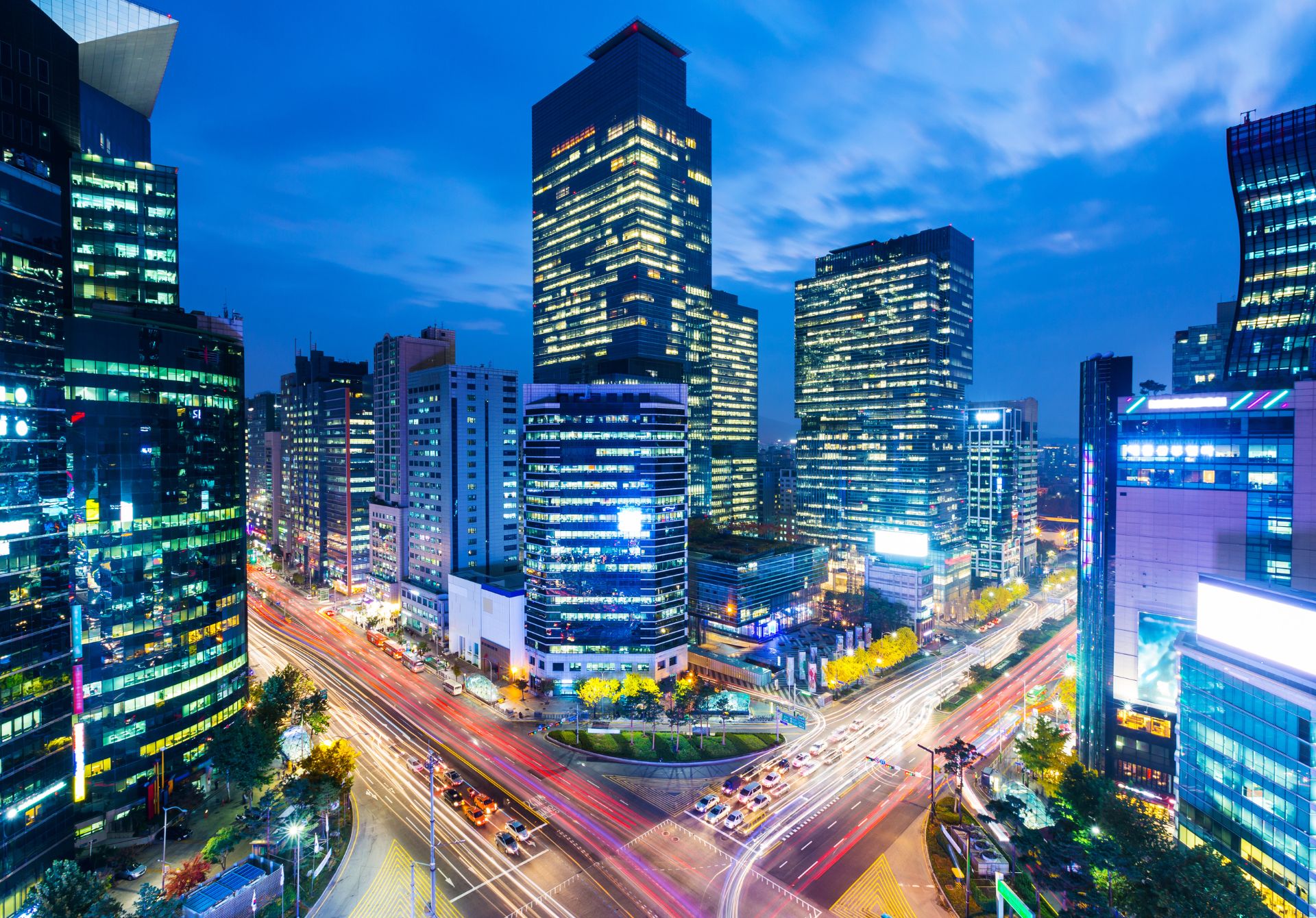
Gangnam District
Gangnam District, or Gangnam-gu, has transformed from modest farmland into one of Asia’s most prestigious urban centers within just a few decades. Located south of the Han River in Seoul, South Korea, this district of 39.5 square kilometers has become synonymous with luxury, technological innovation, and cultural influence. The name “Gangnam” literally means “South of…
-
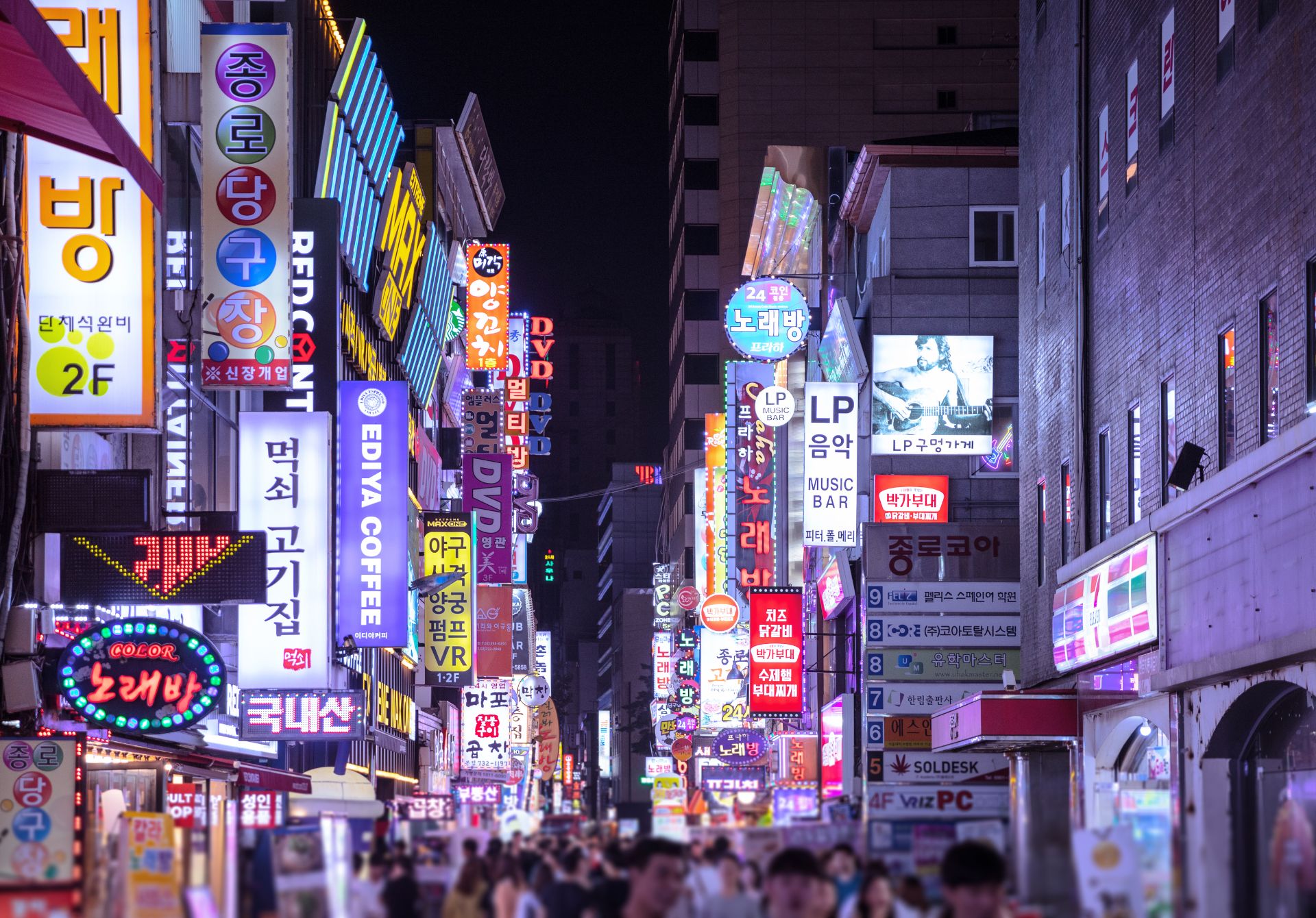
Myeongdong
Myeongdong’s transformation from a small settlement during the Joseon Dynasty to Seoul’s commercial epicenter reflects South Korea’s dramatic economic evolution. During the Japanese colonial period (1910-1945), the area became a financial district, hosting major banks and corporate headquarters. Following the Korean War, it emerged as a symbol of South Korea’s “Miracle on the Han River,”…
-
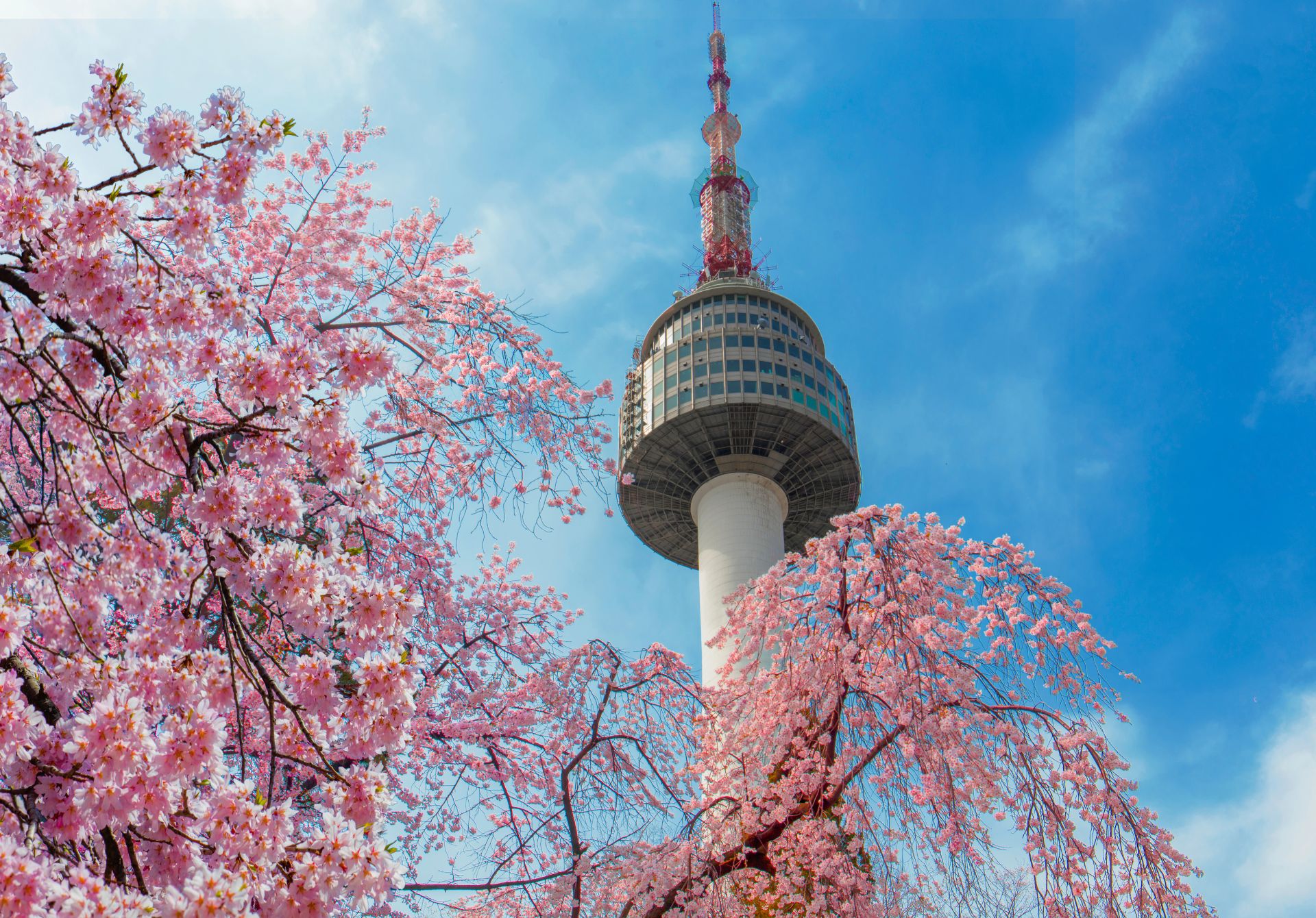
N Seoul Tower
Perched atop Namsan Mountain in the heart of Seoul, N Seoul Tower stands as an iconic landmark that has come to symbolize South Korea’s capital city. This article delves into the history, significance, and attractions of this beloved structure that draws millions of visitors each year. History and Construction N Seoul Tower, also known as…
-
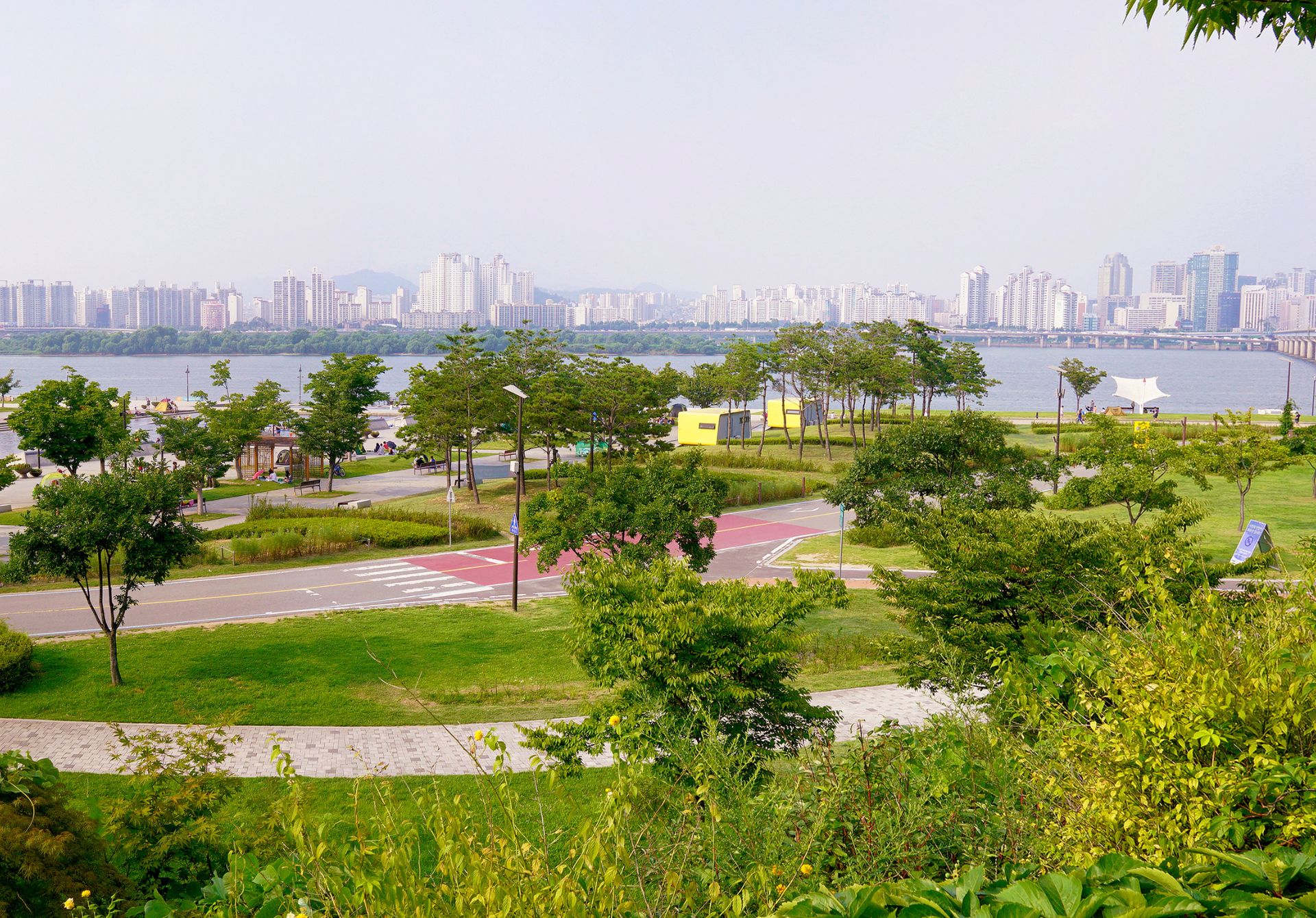
Han River Parks
The Han River, or Hangang in Korean, has been the lifeblood of Seoul for centuries. In recent decades, the city has transformed its riverbanks into a sprawling network of parks, creating a green haven in the heart of one of Asia’s most bustling metropolises. This article explores the Han River Parks, their history, features, and…
